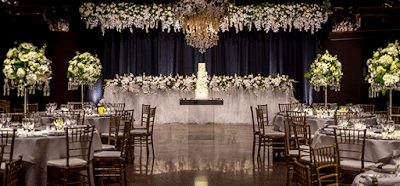4 Qualities to Look for in an Authentic Japanese Restaurant in Adelaide
Casual diners may only associate sushi with authentic
Japanese cuisine. However, authentic Japanese cuisine is a lot more than that.
A traditional, authentic Japanese restaurant is always in touch with its roots;
it reflects in their menu, their food service and quality, the décor and
ambience, and more. For the gastronome in search of an authentic Japanese restaurant in Adelaide,
finding a traditional restaurant in Adelaide can be hard because there are too
many eateries masquerading as a supplier of quality, traditional Japanese
cuisine.
How to find a quality Japanese
restaurant?
Most notable Japanese eateries in Adelaide and other
Australian cities list themselves on internet sites. You can consult their
entries and the feedback beneath against the following factors:
i. An experience for the senses
An authentic Japanese restaurant aspires to offer a sensory
experience for all patrons that walk into their establishment. Creating a
visual sensation in Japanese cuisine is as important as providing a unique sensation for the taste buds.
At a purely traditional Japanese eatery, even the aroma
circulating in the establishment is unique; it does not reek of fish contrary
to what most believe, because of a seafood-heavy menu.
ii. Quality seafood-heavy menu
The Japanese as a community are avid eaters of seafood, and
it reflects in their menu. A traditional Japanese restaurant in Adelaide must
boast of a menu that features various fish preparations. Other staple Japanese preparations such as the tempura and yakitori
are also a must.
Make no mistake; a Japanese cuisine menu is not just about
sushi and sashimi. Besides these two popular items, there should be a host of
meat and vegetable preparations for the customers.
iii. Choice of ingredients
Searching for quality Japanese restaurants is not as easy as
hotel room booking in Adelaide.
Authentic Japanese chefs use a lot of exotic, seasonal ingredients to cook
their fare. Some of these ingredients are only native to Japan and are rarely
available in Australia.
Therein lays the difference between a fusion Japanese eatery
that uses local substitutes and an authentic restaurant which uses nothing but
the authentic seasoning such as ‘shichimi’, ‘furikake’, etc. Also, who can
forget the use of wasabi, miso, and Togarashi?
iv. Rice preparations
Most fusion Japanese eateries or inspired Japanese eateries
get a crucial attribute wrong about Japanese cuisine- the fish are not the main
attraction of a traditional Japanese menu; it is the rice. In any other
culinary style, the side preparations
require effort, and the rice seems like the easy
part; some even ignore the rice altogether.
But at a traditional Japanese restaurant, rice preparations
assume a more central culinary role. Rice items such as the ‘donburi’ are a
must on the menu.
So, regardless of whether you are visiting an
authentic Japanese restaurant or spending on a hotel room booking in Adelaide where they serve Japanese cuisine,
make sure you ratify the establishment on these factors.



Comments
Post a Comment